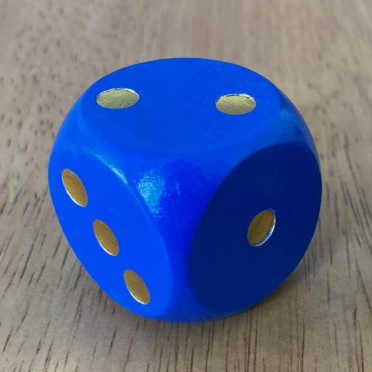Having a pattern or order to the way you work will really help when you're tackling these problems. That's what we call 'working systematically' and it's a very useful skill.
problem
Sort the street
Sort the houses in my street into different groups. Can you do it in any other ways?


problem
Three ball line up
Use the interactivity to help get a feel for this problem and to find out all the possible ways the balls could land.
